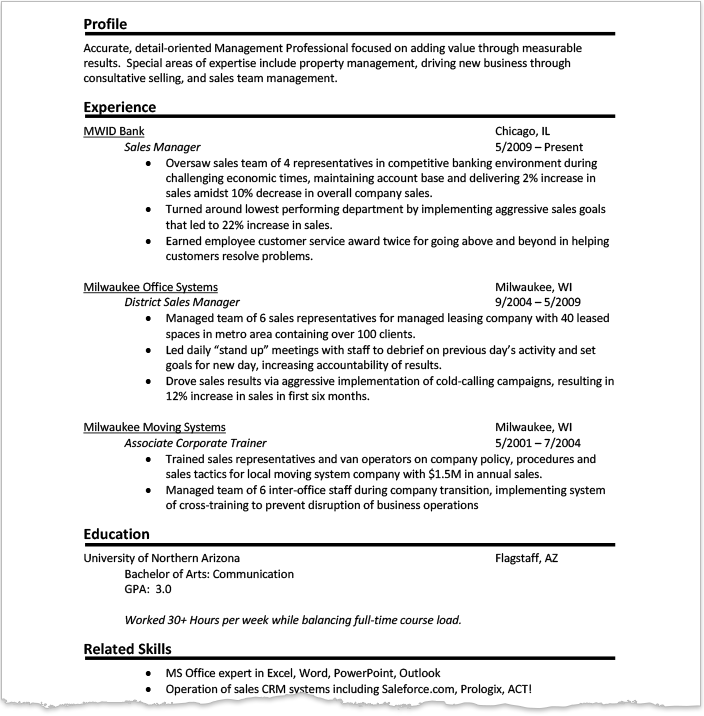Please contact your Administrator to change your authorization settings.
Using a T-chart to Create Your Resume
You’ve written a resume to function as your general communication tool and to post in resume databases, but to get the results you want, you’ll want to customize your resume to each particular open job. This is probably the best advice we can give you, but also the advice that job seekers are most likely to ignore. Why do people choose not to customize their resumes?
- It's a lot of work
- They're not sure how to do it
There is a simple tool called a "T-chart" to help with the process. It’s still a lot of work, but much less so when you know what you’re doing. You can take a piece of paper and divide it in half to make two columns that resemble the letter "T". T-charts are a great way to brainstorm your suitability for the job and to prepare for an interview.
The T-chart’s purpose is to highlight your skills and background that would be a match for the position. The goal is for the recruiter or manager to read your resume and think, "That’s exactly who we’re looking for!"
Let’s walk through the exercise together. First, find a job posting that you are interested in – it can be anything from a few lines long to an extensive job description.
The above position description is pretty short, but even scant details can turn into a great resume.
On the left-hand side of the page, copy the statements from the job posting in short pieces. Next, it’s time to brainstorm your background to match. On the right hand side of the page, write short, action-oriented statements that highlight something in your experience that may relate to the qualities or experience listed on the left-hand column. If you can use words or phrases from the job posting or company information, that would be preferable.
You likely won’t have a corresponding experience for every entry, but brainstorm as many as you can. Be as specific as possible, use numbers when you can, and focus on the results that you achieved.
Next, we’ll translate the T-chart into a customized resume that fits the job perfectly. We’ll start with our standard resume and begin with the Experience section. In general, we leave the first bullet point under each company name as is since we’re using that one to describe the company and provide details about our role there. That will usually stay the same. Let’s look at the other bullet points next.
With the T-chart, we can pick a few statements to replace, modify, or add skills in this resume based on the job description and the ideal candidate. Afterward, the resume will look like this:

It’s not easy, but the likelihood that you will make a connection with the employer just significantly increased. You’re using the same language and you’ve positioned yourself as a person who can help solve their problems.
Make no mistake, T-charts take some effort to create. However, they’re a proven method to get calls for interviews by emphasizing the match between your background and the open job position. In addition, it can serve as a cheat sheet you can use at the interview that summarizes why you are qualified and a great fit for the position!
